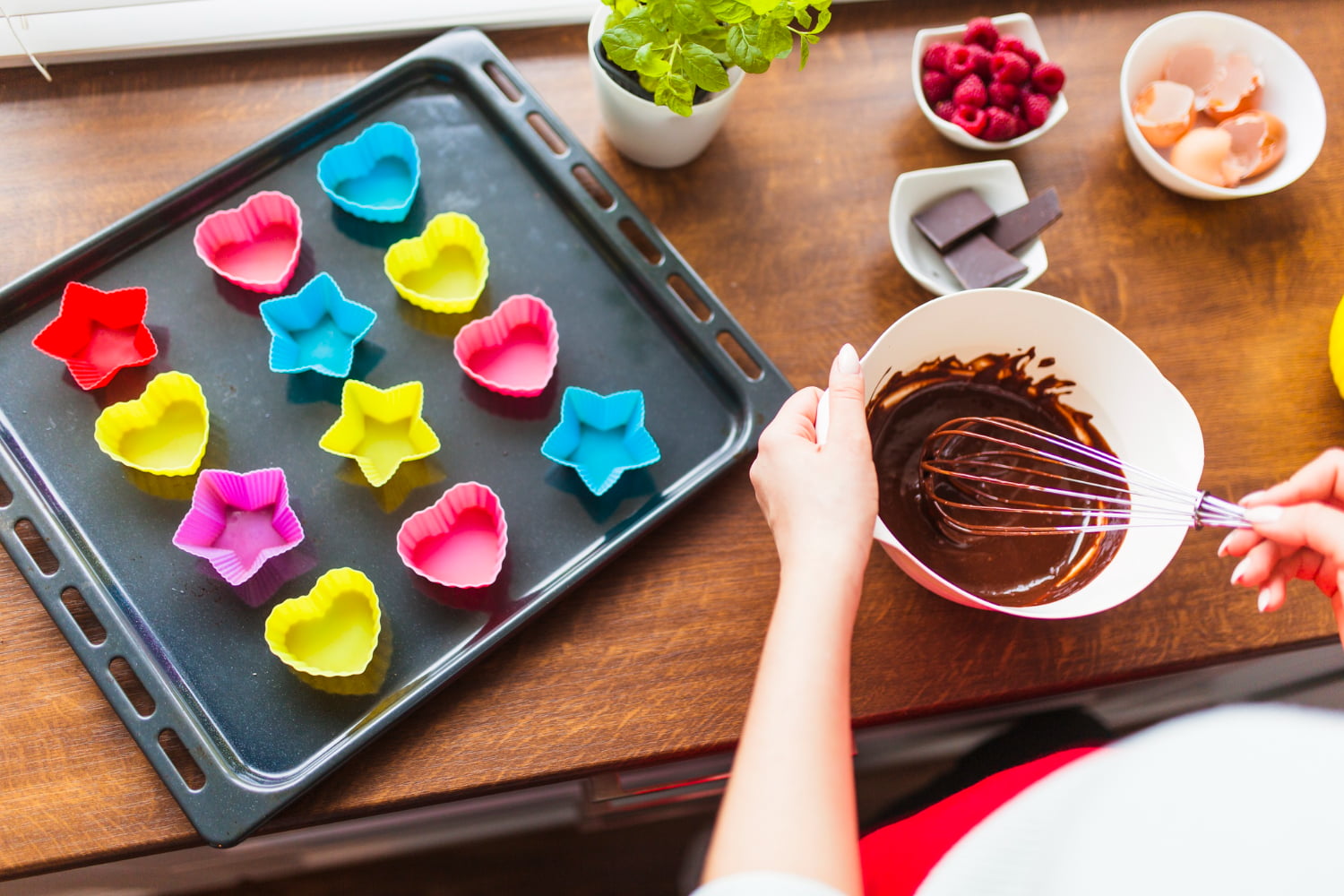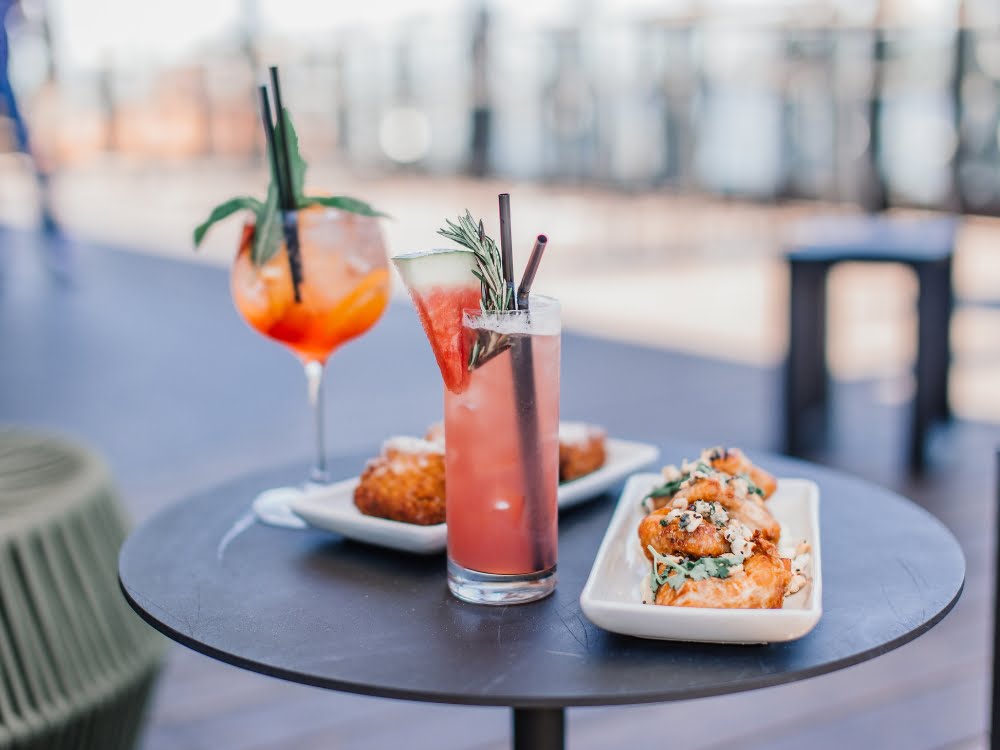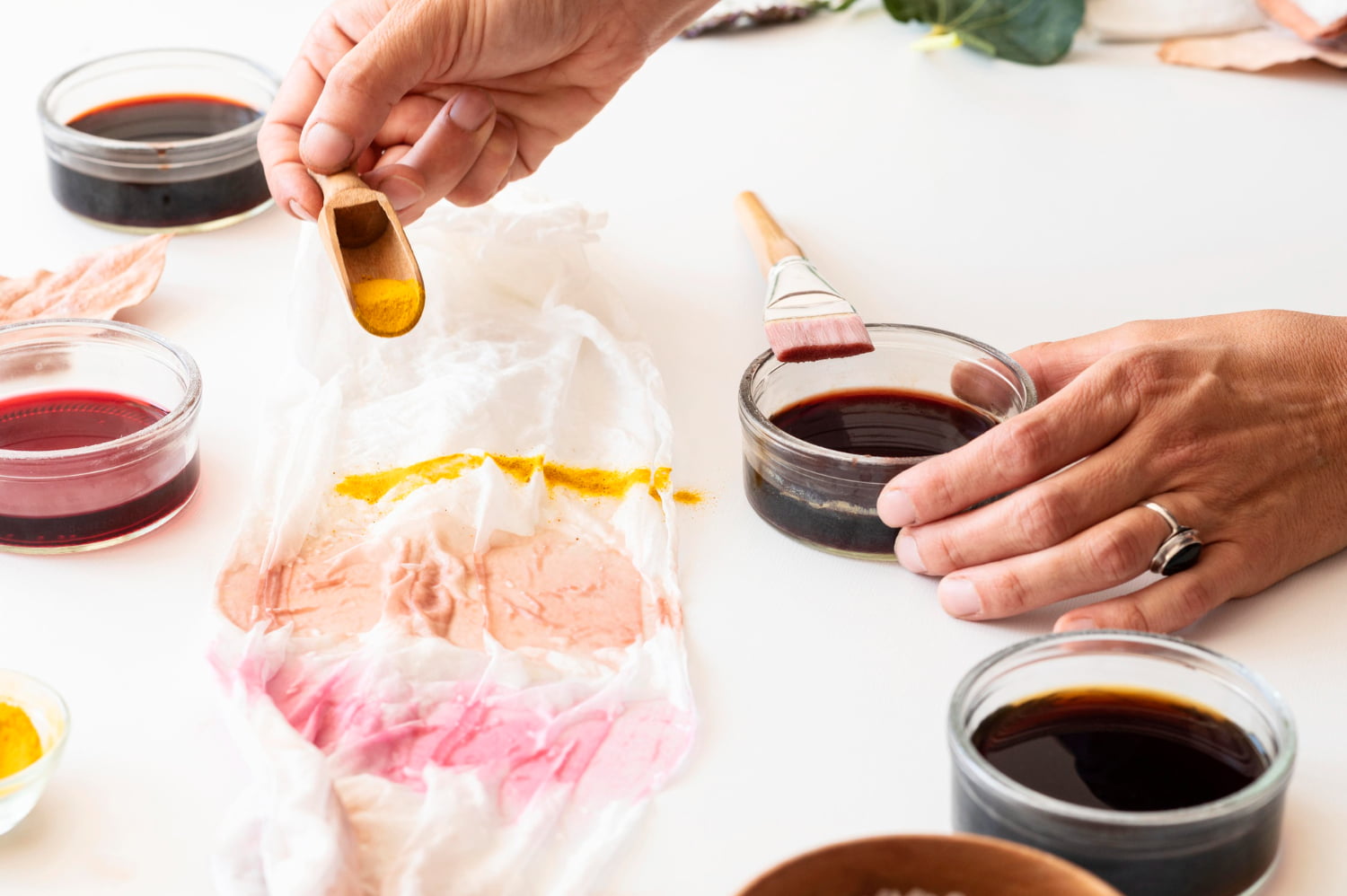Introduction
How to make brown with food coloring? Ever found yourself in the kitchen, yearning for a specific shade of brown but only having a limited palette of food coloring? Fear not, as we embark on a comprehensive journey into the art of crafting the perfect brown hue using food coloring. This article will guide you through the basics, explore various color combinations, offer tips to ensure your brown creation is both delectable and visually appealing, and delve into the broader applications of brown in the culinary world.
Understanding Food Coloring
Before diving into the world of brown, let’s familiarize ourselves with the different types of food coloring available. From liquid to gel and powder, each variant has its unique properties and applications. Knowing the characteristics of your chosen coloring agent is crucial for achieving the desired result.
The Fundamentals of Making Brown
How to make brown with food coloring: Brown is often considered a neutral color, formed by mixing complementary colors or blending primary colors. Understanding the color wheel is fundamental to mastering the art of creating brown with food coloring. The primary colors—red, blue, and yellow—play a pivotal role in this process.
Experimenting with Primary Colors
Let’s start with the basics. Mixing primary colors can yield various shades of brown. Experiment with the following combinations:
- Mixing Red and Green: Explore the balance between these colors to achieve a rich, earthy brown tone.
- Blending Red and Blue: Adjust the ratio of red to blue to discover how the warmth or coolness affects the resulting brown shade.
- Combining Blue and Yellow: Find the perfect harmony between blue and yellow for a vibrant yet grounded brown.
Utilizing Secondary Colors
Delve deeper into the color spectrum by combining secondary colors:
- Mixing Orange and Blue: The combination of these secondary colors can produce a warm, chocolatey brown.
Achieving Depth with Complementary Colors
How to make brown with food coloring: For a more nuanced brown, consider using complementary colors. Complementary pairs on the color wheel, like red-green or blue-orange, create depth and complexity in your brown mixture.
Tips for Precision in Crafting Brown
To ensure your brown turns out exactly as envisioned, follow these tips:
- Measure your food coloring accurately.
- Mix colors in small increments for better control.
- Keep a record of successful ratios for future reference.
Common Mistakes to Avoid in Brown Creation
Avoid these pitfalls when creating brown with food coloring:
- Overmixing: Stirring too vigorously can result in a muddy brown. Take your time and mix gently.
- Using Too Much Coloring: Less is often more. Start with small amounts and adjust as needed.
- Not Testing Colors First: Always perform a small test before committing to a larger batch. Colors may appear differently once mixed.
Natural Alternatives to Food Coloring for Brown
For those seeking a more natural approach, consider alternatives like cocoa powder, coffee, or tea for a rich, organic brown color.
Creative Applications of Homemade Brown Shades
Beyond baking, explore various creative applications for your homemade brown. From icing and fondant to savory dishes, the possibilities are endless.
The Art of Presentation for Your Brown Creations
While mastering the technique of making brown is crucial, presentation plays a vital role. Learn how to present your brown creations with flair, whether it’s a simple cake or a gourmet dish. Experiment with garnishes and textures to elevate the visual appeal of your culinary masterpiece.
Brown in Different Culinary Styles and Dishes
How to make brown with food coloring: Explore how brown is used across various culinary styles. From traditional baking to modern molecular gastronomy, brown plays a versatile role in enhancing the visual and flavor profiles of dishes. Understanding the cultural and stylistic aspects of brown in cooking adds an extra layer of sophistication to your creations.
Exploring Brown Beyond Baking
Discover the myriad ways brown can be incorporated into different types of cuisine. From rich sauces in Italian dishes to the perfect sear on a steak, brown adds depth and complexity. Learn how to use brown in both sweet and savory recipes to expand your culinary repertoire.
Enhancing Flavors with Brown in Savory Dishes
In savory cooking, brown takes on new dimensions. Explore how the Maillard reaction creates flavorful brown crusts on meats and how rich brown gravies elevate comfort food to new heights. From hearty stews to perfectly seared steaks, learn the art of incorporating brown for a taste sensation.
The Versatility of Brown in Sweet Treats
Delve into the sweet side of brown with decadent desserts. From sumptuous chocolate brownies to velvety caramel, brown becomes the star of the show. Discover the nuances of using different shades of brown to evoke different flavors and textures in your sweet creations.
Brown in Beverages: From Coffee to Cocktails
Raise your glass to the versatility of brown in beverages. From the comforting depths of a cup of coffee to the rich hues of brown spirits in cocktails, explore how this color adds visual appeal and complexity to your favorite drinks. Learn to appreciate the subtleties in shades of brown in your beverage choices.
The Aesthetics of Brown: Visual Appeal in Culinary Arts
How to make brown with food coloring: Brown isn’t just a color; it’s an aesthetic choice in the culinary world. Explore the visual appeal of brown in plating, garnishing, and overall food presentation. Discover how the right shade of brown can evoke warmth, sophistication, or rustic charm in your culinary creations.
Conclusion – How to Make Brown with Food Coloring
In the delightful world of food coloring, creating brown opens up a realm of possibilities. Armed with the knowledge of color combinations, precision, and common pitfalls, you’re ready to embark on your culinary journey. Whether you’re baking a cake, preparing a savory dish, or experimenting with molecular gastronomy, the art of making brown is a skill that adds a personal touch to your creations. So, grab your food coloring and start exploring the endless shades of brown waiting to be unleashed in your kitchen.
Frequently Asked Question
Q: Can I use liquid and gel food coloring interchangeably when making brown?
A: Yes, you can use both liquid and gel food coloring. However, adjust the quantities accordingly, as the concentration may vary.
Q: What’s the best way to achieve a deep, dark brown color?
A: Experiment with a combination of complementary colors, such as red and green, to achieve a deeper brown hue.
Q: Are there any natural alternatives to food coloring for making brown?
A: Yes, consider using cocoa powder, coffee, or tea for a natural and flavorful brown color.
Q: Can I mix different types of food coloring to create brown?
A: Absolutely! Mixing different types, such as liquid and gel, can provide unique shades and textures to your brown.
Q: How do I avoid a grainy texture in my brown mixture?
A: To avoid a grainy texture, make sure to dissolve powdered food coloring completely before mixing it into your recipe.
Navigate More Compositions: How to Make Purple Food Coloring



